This is our second chocolate cookbook. To be honest, the Team and I have enough material for another dozen of the things. Which really emphasizes the point: You dont have to quit chocolate when you quit sugar.
Indeed, chocolate, when eaten correctly, can be really rather healthy. And JERF-y (JERF = Just Eat Real Food; our mantra in here at the I Quit Sugar Test Kitchen).
Eaten correctly? Yep, it goes like this:
* Chocolate should always be made with raw cacao, not cocoa. * When making your own raw chocolate, use virgin cold-pressed varieties of coconut oil. * Start with less sweetener and add more if needed. * Eat chocolate straight after a main meal to avoid it becoming a snack food.
For this collation, were taking things a little further and adding this requisite:
* Chocolate, when eaten daily, should contain less than 1/2 a teaspoon of sweetener per serve.
To this end youll notice that we put a big focus on portion control. Our recipes serve a crowd and are divvied up into rather small slices, bites and balls. This is because I believe sweet treats should be eaten as just that: an (occasional) treat.
Of course, the good thing about switching away from standard chocolate recipes to ours is that portion control is entirely possible. Our treats dont contain the highly addictive and binge-y fructose and are made with lush, rich, nutrient-dense ingredients to ensure all the right appetite hormones are switched on when you bite in. And satiety can ensue!
To help you out, weve included a bunch of handy icons that will tell you when a recipe is ok to eat daily, should be eaten mindfully or should be eaten rarely.
This new book also covers off gluten-free, kid-friendly (nut free), freezable and vegan options as well. Oh, and a whole bunch of fun quick fixes-for-one some classic chocolatey treats pimped I Quit Sugar-style, and a lush sugar-free Easter chapterand
Gosh, Im not sure why Im telling you all this. Im sure youve left me already and have ventured into the recipes.
If youre still with me, please do enjoy (mindfully) and feel free to share your results with me and the IQS Team on your social media outlet of choice.
Much sated and nutrient-dense wellness to you,
- The Sweeteners - When Youre Asked to Bring a Plate
Here, some bits you need to get your head around before diving in
Know the difference: Cacao versus Cocoa
Raw cacao powder: made by cold-pressing unroasted cocoa beans. The process keeps the living enzymes in the cocoa and removes the fat (cacao butter).
Cocoa powder: raw cacao thats been roasted at high temperatures. Sadly, roasting changes the molecular structure of the cocoa bean, reducing the enzyme content and lowering the overall nutritional value.
Cacao butter: the fat in cocoa beans that separates from the powder when the bean is cold-pressed (cacao) or roasted (cocoa).
Cacao liquor: mostly referred to as cocoa mass its pure chocolate in liquid form. Made by pressing the whole cocoa bean and heating it at a very low temperature until it forms a paste, it is the main ingredient in most conventional chocolate.
Cacao nibs: cocoa beans that have been separated from their husks and broken into small choc chip-like chunks. Cacao nibs have higher antioxidant levels than blueberries, red wine and green tea. They also contain chromium, an important mineral for stabilising blood sugar and reducing appetite.
Carob: some like to use carob as a substitute for chocolate. We wouldnt! It contains up to 50 per cent fructose (the fructose content of cacao/cocoa is negligible).
In this cookbook some recipes invite you to use store-bought chocolate, in which case we advise using 85-90 per cent cocoa varieties. But weve kept these to a minimum; working with raw cacao is always best!
Dark chocolate can contain reasonably low amounts of sugar/fructose. Generally, whatevers not cocoa is sugar. So, a 70 per cent cocoa chocolate bar will contain about 30 per cent sugar. If youre eating a small 35g bar, thats about 10.5g sugar, or 2 1/2 teaspoons. But bear in mind some dark chocolate contains a meagre 30 per cent cocoa. We recommend you always turn the bar over to check the fine print!


85 per cent cacao: This stuff is OK to use sparingly in your cooking, or to eat a few squares at a time. A 100g block will contain 15g sugar.

99 per cent cacao: Hard to source and very intense in flavour.

Stevia: Read up on stevia . Beware: those chocolates with stevia often also contain other sweeteners as well. Dont be fooled by the stevia sweetened labelling. Look closer.

Glucose: This is not a license to go crazy on glucose. Even non-fructose sugars, such as glucose, are not good to eat in large quantities and will cause insulin wobbliness too, albeit in a far more manageable way.

Rice malt syrup: Read up on rice malt syrup .

4g sugar or less per 100g: This is a basic rule we stick to when eating all packaged foods.

Organic: Where possible we recommend organic brands. This ensures theres less rubbish being added to your chocolate and, in our experience, these brands have a bit more environmental awareness than some others.

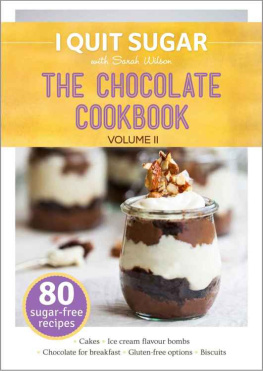
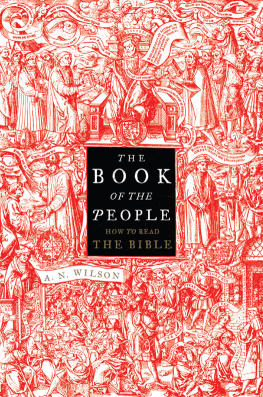

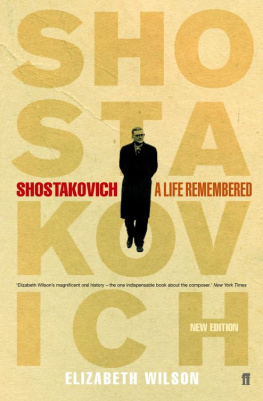
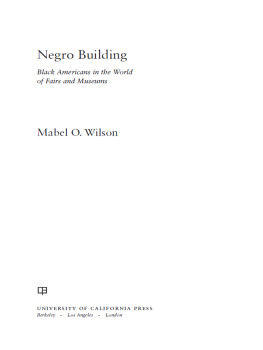



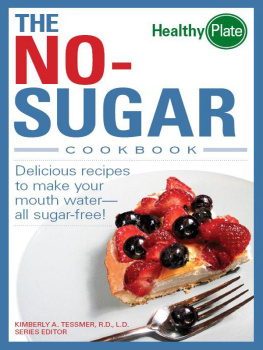




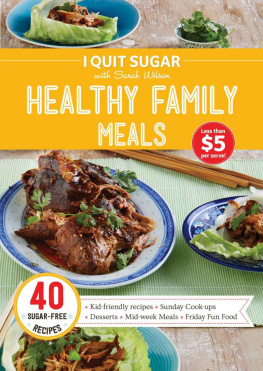












 85 per cent cacao: This stuff is OK to use sparingly in your cooking, or to eat a few squares at a time. A 100g block will contain 15g sugar.
85 per cent cacao: This stuff is OK to use sparingly in your cooking, or to eat a few squares at a time. A 100g block will contain 15g sugar.